Get To Know: Anita Fontaine
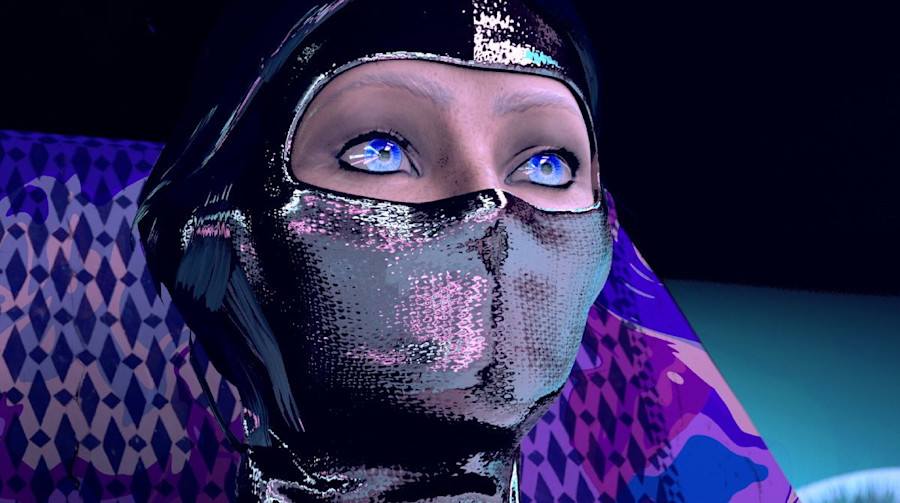
Anita Fontaine has seen the future, and she’d like to share it with you.
A future-forward artist and director who blurs virtual and physical worlds, Fontaine’s flexible aesthetic is largely focused on creating connections—between art and technology, the present and the future, between what we know and what hasn’t yet been dreamt of. These speculative visions manifest in a variety of formats, from future labs, film work and immersive installations to video games and an increasing array of far-away ideas that help define a shared future that benefits all of us.
“Can we update human consciousness?” asked Fontaine on stage at Semi Permanent New Zealand 2020, while discussing her work on the fringes of a fragmented pop-culture aesthetic. Can escapist technology be used in the service of a greater good? What role could the designer possibly play in such lofty ideals?
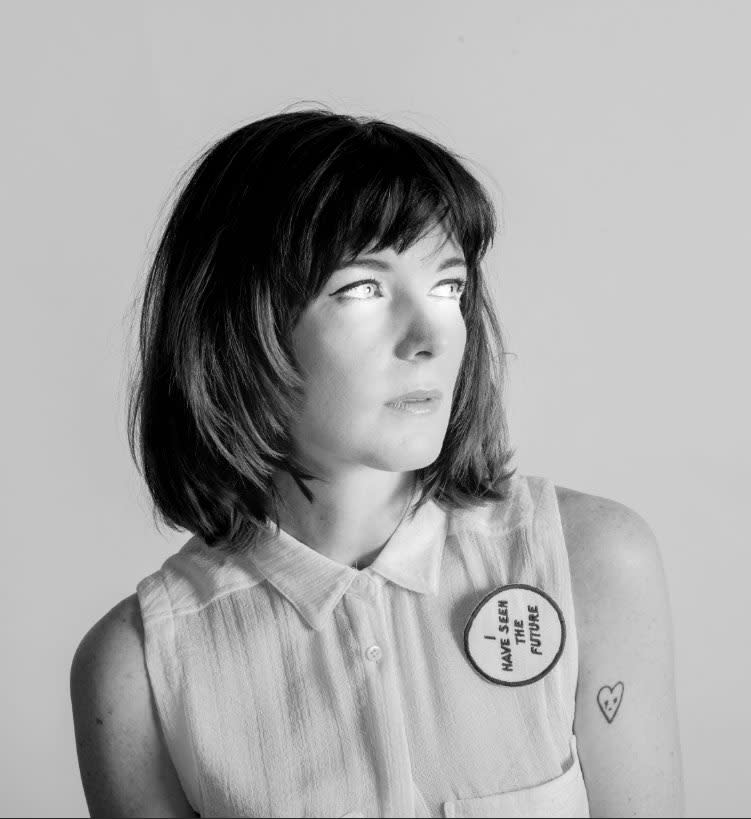
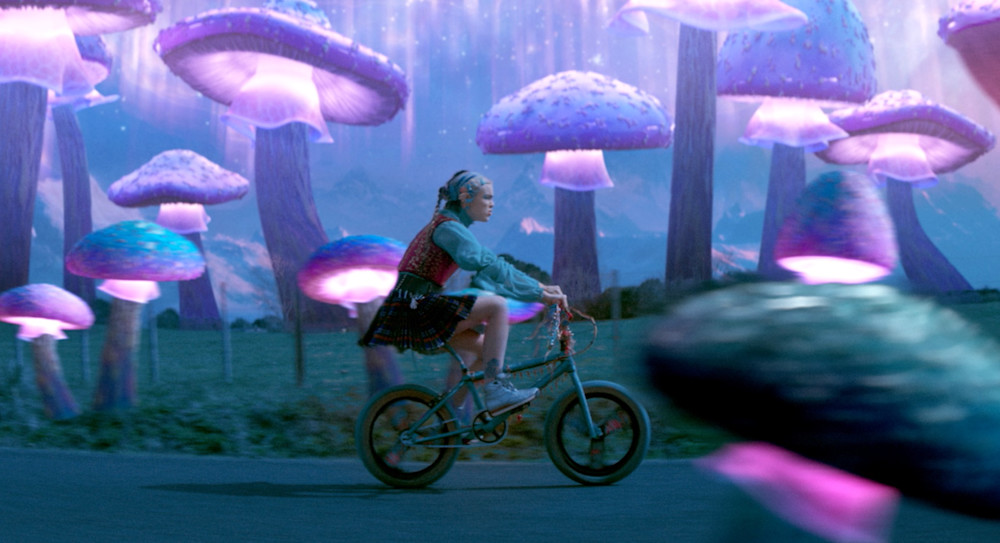
Fontaine’s entire career has been working toward’s this goal, making early moves designing shared digital experiences for the likes of Nickelodeon and Google before founding ‘Champagne Valentine’, a creative studio with long-time collaborator Geoff Lillemon. With an emphasis on cutting edge technology and a palate that blended visual logic with trash subculture, the pair created a mixed reality of work between consumers, clients, ad agencies, art galleries and museums.
As technologies like VR and speculative worlds such as the meta-verse rose from the underground and into the mainstream, these ideas informed the creation of The Department of New Realities, an exploratory lab within the offices of Wieden + Kennedy Amsterdam dedicated to uncharted hyper-sensorial experiences. The lab continued exploring exotic basement subcultures with cutting edge technology; a veritable playground that pushed the boundaries of what an ad agency can and should produce. But far from existing in a pure R&D capacity, they led to important client work for the likes of Louis Vuitton, Corona, Miley Cyrus and MGMT by “putting something in front of them that they didn’t know they needed.”
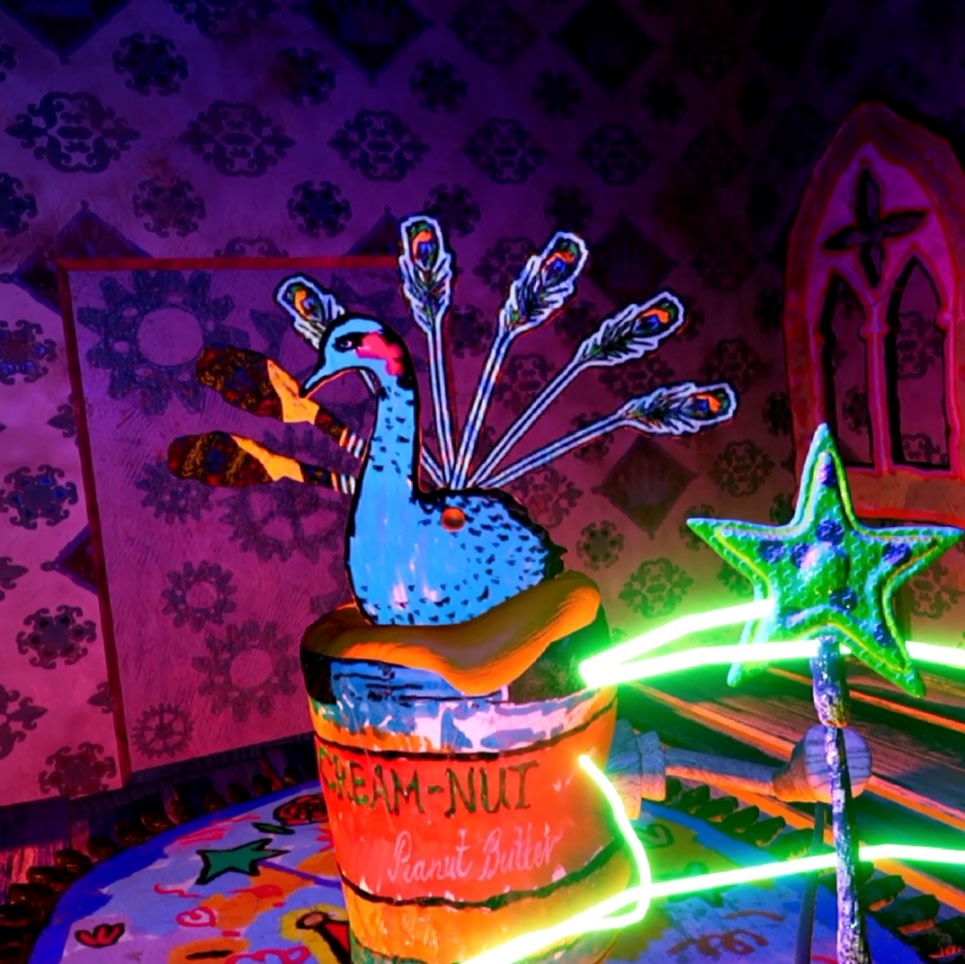
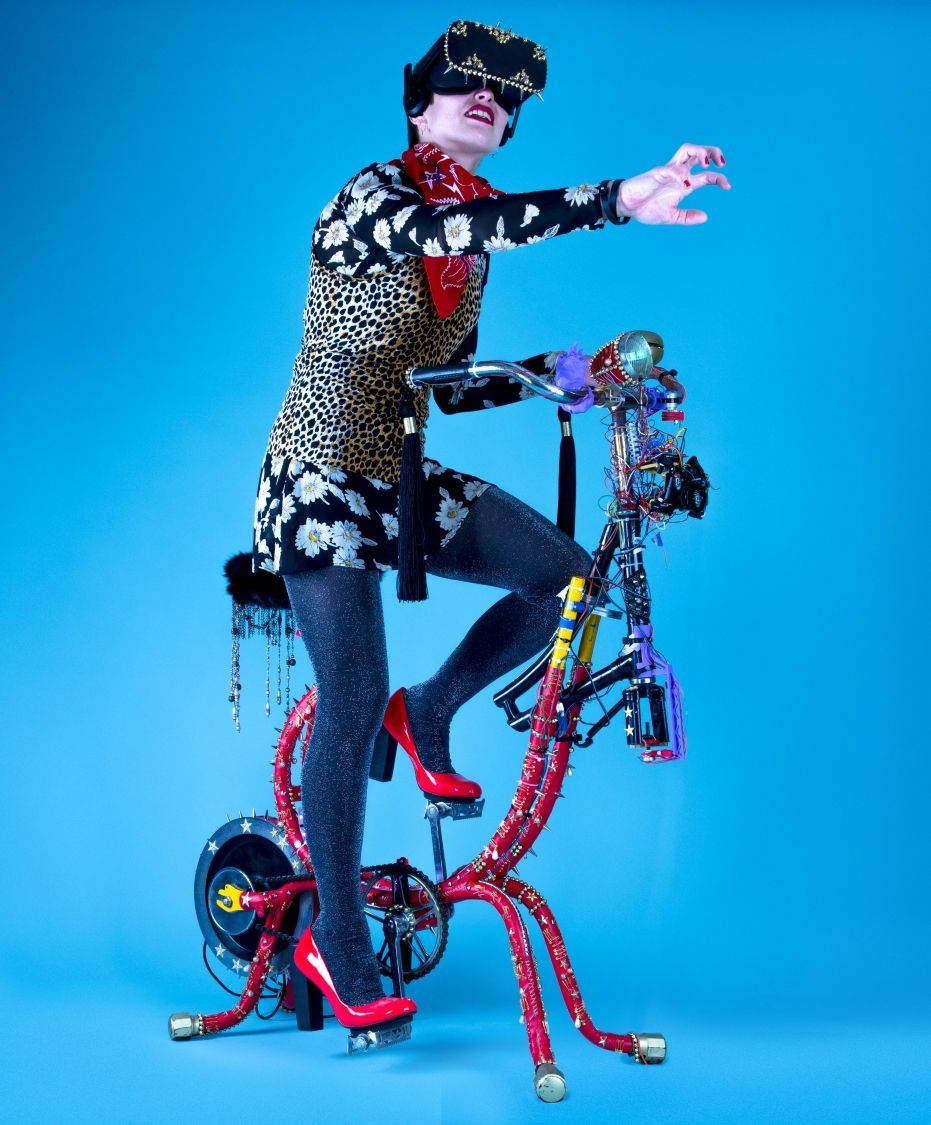
Now based in New Zealand, Fontaine’s work as a director, artist and experience designer sits somewhere between the the future of technology and our ability to adapt to (and escape from) it.
Is escapism inappropriate in a time of real world anxiety, or is it what’s needed most right now? “Lockdown was a really weird time for creativity, but I felt the shame around escapism lifting as society started to value it” she says, describing the mindset that led to the visionary video clip for Snails by emerging pop artist Benee. "Pop stars are some of my favourite collaborators. They're already tapped into fantastic escapist realities. Working with them means we can lean in even further.”
"Escapism has more meaningful implications…giving us tools to positively change our world when we return."
Of course, these levers can be pushed into what she refers to as ‘next level neural pathway escapism’ she says, pointing to the idea that if certain experiences can permanently rewire our brains, then technology can do the same. “VR can be used as a powerful tool for issues around PTSD, trauma and even issues around racism with results.”
And so in a period where anxieties stem from an uncertain future, what role does the designer play?

Fontaine’s work is now largely based on connecting digital truths with physical ones: that reconnecting with nature would make people want to take care of it; that a healthy mind-body in virtual reality can result in a healthy mind-body in our physical reality; that escapism itself can be what brings us back down to earth most sustainability. "We're at an urgent point in civilisation where people need to connect with nature” she says, noting how the bushfire crises in Australia further confirmed the value of an escapist reality to help people immerse themselves in eco-friendly digital environments.
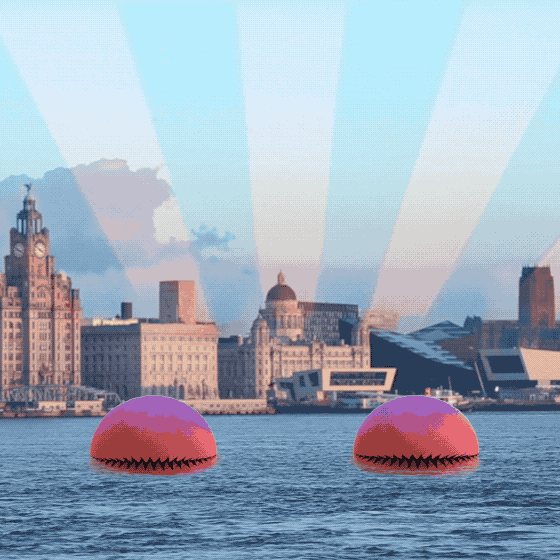
It’s an interesting time to be exploring escapism right now. The aforementioned meta-verse, NFTs, even multiplayer games like Fortnite…the creative world is toying with a shared reality virtually that is going to fundamentally alter how society interacts in the future IRL. There’s a lot in store, and a lot up for grabs in how we choose to live. Designers like Fontaine are at the forefront of this equation, and most importantly, you can be too.
As was once said to InDesign, “If we don’t design the future, somebody else will.”